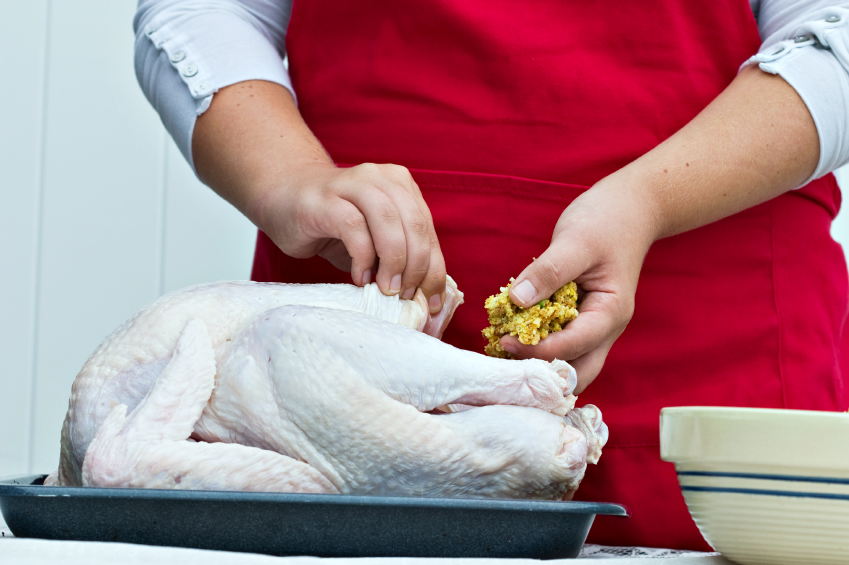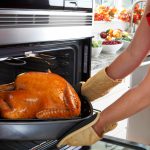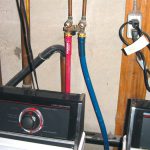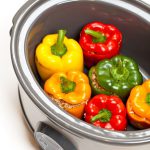In the immortal words of Charlie Brown, “Another holiday is upon us.” Charlie Brown’s dead-pan announcement notwithstanding, Thanksgiving is ranked among the top three favorite U.S. holidays. Thanksgiving also ranks No. 1 on the list of most dangerous holidays as a result of a surge in food poisoning reports. If you are tasked with hosting the festivities this year, here are a few cooking safety tips to ensure your meal is not spoiled by food-borne illness.
When buying the turkey, try to minimize the time spent between the store and home. In other words, don’t purchase the turkey and then spend hours running errands before getting the bird into the freezer. The thawing process should take 24 hours per 5 pounds of turkey, preferably in the refrigerator. Coldwater baths are also an option with five to 15 hours allotted for thawing. Never place a turkey on the counter to thaw. If the turkey thaws from the outside in, the risk of dangerous bacterial growth increases.
As you prepare the turkey for cooking, rinse it, pat it dry, then remove the organs and giblets from the cavity. Because there is an increased risk of food poisoning in cooking pre-stuffed turkeys, you should bag the idea. Either prepare the stuffing separately and serve alongside the cooked turkey, or stuff the turkey yourself then immediately place the bird in the oven. Please note, stuffing needs to reach a certain temperature in order to eliminate the chance for bacterial growth.
Place the turkey in a roasting pan with plenty of space for air circulation, and put it on a rack with the oven temperature set no lower than 325 degrees. The roasting time for the turkey depends on its weight and whether it’s stuffed or not. It is prudent to cook the turkey until the meat thermometer reaches at least 165 degrees.
Although a bacteria-infested turkey is usually the culprit during a holiday food poisoning outbreak, there are other aspects of food prep that make us vulnerable. Cross-contamination can occur when raw meat is handled along with other dishes. Keep utensils separate and practice frequent hand washing. Cutting boards and knives should be thoroughly cleaned in hot soapy water. If there are items on the menu that contain dairy or seafood, carefully plan your meal prep schedule to ensure these items are not unrefrigerated for long. Post-dinner socializing may prevent you from cleaning up right away, but in the interest of food safety, leftovers storage should commence no more than two hours after the meal has been served.
Good grief, Charlie Brown, this is a lot to remember, but hopefully these tips will help keep this and every Thanksgiving festive and safe.
Click here for more great Thanksgiving cooking safety tips from Homestructions.
Also, see our tips on how to have a green Thanksgiving.
Post Author: andyc.




